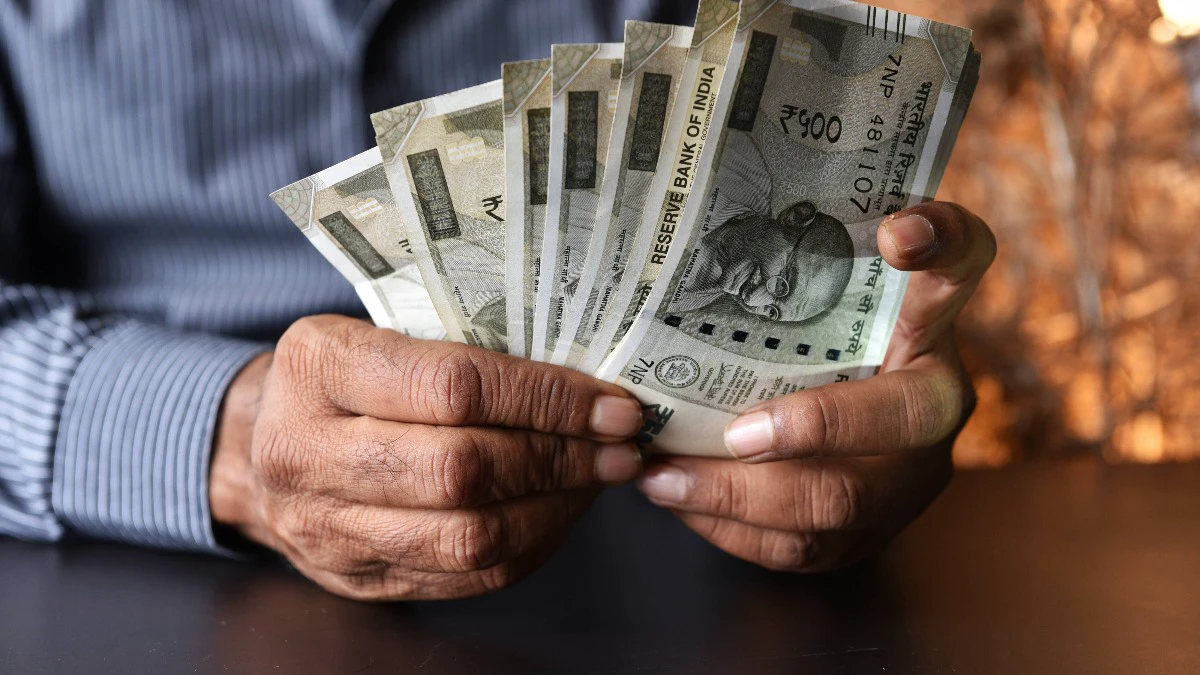Five minutes. That’s all it took for one salaried Redditor’s bank balance to nosedive from ₹43,000 to just ₹7. His breakdown-rent, EMIs, credit card payments, and overdue bills-reads like a balance sheet from modern India’s middle-class crisis.
But his story isn’t rare. It’s a snapshot of a generation caught in an EMI-first, paycheck-dependent lifestyle that’s fast collapsing under the weight of debt.
In his post, the Reddit user details how his salary was consumed almost instantly. Room rent of ₹19,000, a credit card minimum payment of ₹15,000 (out of a total ₹60,000 bill), and two EMIs worth ₹10,000 left him with a deficit-and that’s before covering internet and mobile bills totaling ₹3,700. His remaining balance? ₹7.
The story struck a chord online, but financial experts say it’s far from an anomaly. Across India’s urban middle class, a dangerous trend is accelerating: rising consumption, falling savings, and a credit system that enables-and quietly traps-millions in cyclical debt.
According to RBI data, personal loans have jumped 75% in just three years. Nearly one-third of salaried individuals now spend over 33% of their income on EMIs-before even accounting for essentials like rent, food, or savings. For many, that number rises to 45%.
Saurabh Mukherjea of Marcellus Investment Managers warns that 5-10% of middle-class households are already in a full-blown debt trap. “This isn’t just borrowing for investment-this is borrowing to survive,” he said.
Analysts point to easy digital credit, stagnant wages, and status-driven spending as the core fuel. Sujay U of Perfios cautions that the “new EMI-driven lifestyle means flashy gadgets and instant gratification, but it’s debt-driven and threatens long-term financial health.”
Economist RP Gupta calls it a “ticking time bomb,” one that could slow down consumption-led growth and deepen inequality. Monish Gosar, a data scientist, put it bluntly: “Banks didn’t trap us-they offered the rope. We tied the knots.”
Household debt now stands at 41.9% of GDP. More than half of that isn’t tied to homes or cars, but to credit cards, personal loans, and “buy now, pay later” schemes-mostly for consumption, not wealth creation.
With per capita debt now averaging ₹4.8 lakh and national household savings at a 47-year low, stories like the Redditor’s aren’t personal financial flukes. They’re warning signs.
